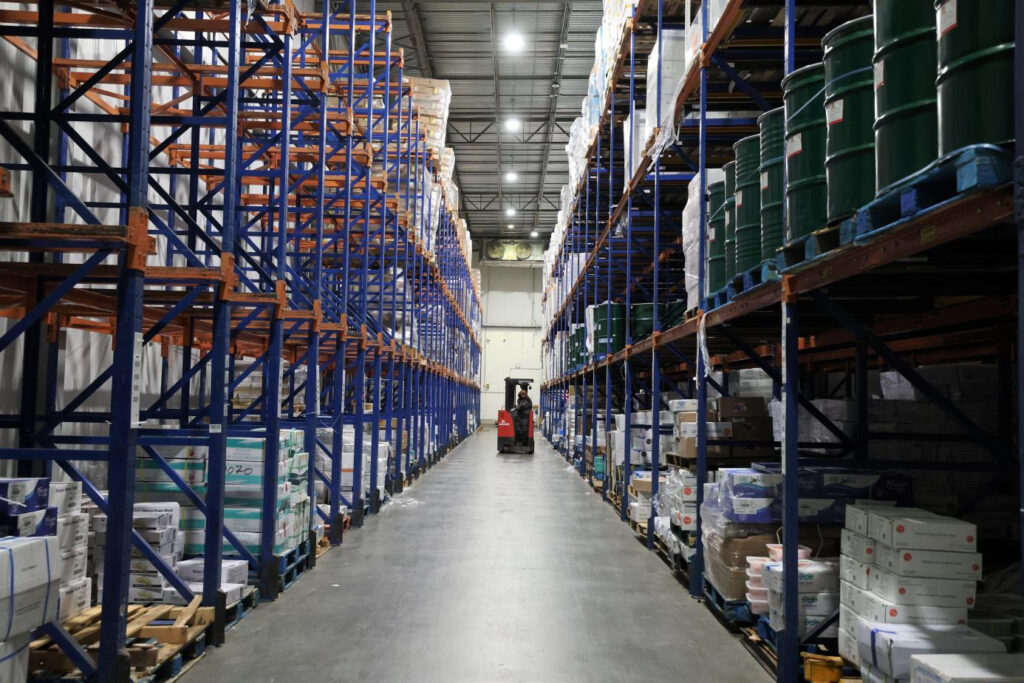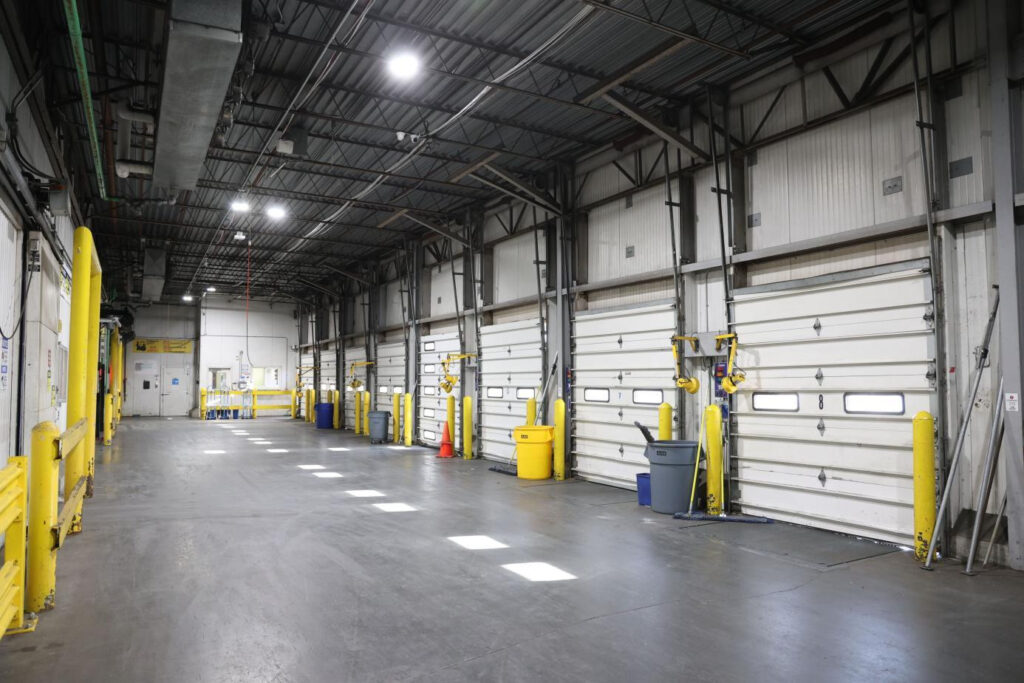As the U.S. food industry undergoes rapid change, the cold storage sector is experiencing a deep integration of technology and service. According to leading industry forecasts, the market for multi-temperature cold storage is expected to grow at an average annual rate of 15% over the next five years, becoming a key driver in upgrading restaurant supply chains. With consumers demanding fresher ingredients and restaurants under pressure to boost efficiency and cut costs, the combination of multi-temperature technology and customized service is leading the industry toward smarter, more flexible solutions.

The limitations of traditional storage models have become increasingly apparent as ingredient needs diversify. Take, for example, a multi-state restaurant group: their original single-temperature warehouse couldn’t simultaneously meet the storage requirements for fish maw (which needs -22°F storage), imported strawberries (kept fresh at 36°F), and ready-to-eat salads (delivered at room temperature). Forced to rent three different types of cold storage, their management costs rose by 40% and transportation losses exceeded 18%. In contrast, multi-temperature warehouses use precise zoning, freezer, refrigerator, and ambient, long with AI-powered temperature control systems that keep each zone within ±0.9°F of the target. Swift Cold Storage takes it a step further, their blast freezer technology cuts meat freezing time from three hours to just 90 minutes, while smart monitoring systems automatically identify ingredient types and apply the optimal freezing curve, locking in both freshness and nutritional value.

Service innovation is another key to industry breakthroughs. As articulated by Shirley Wong and Chris Yeung, co-founders of Swift Cold Storage: “We will always treat service as our foundation and relentlessly pursue excellence. Our goal is to comprehensively fulfill every client need through diverse and integrated processes.” Swift Cold Storage is precisely the embodiment of this philosophy. To help small and mid-sized businesses facing high storage costs, Swift Cold Storage has built an “end-to-end service system.” Seafood wholesalers can access 48-hour short-term rentals and 24-hour reserve inventory. For food processors, Swift offers separate zones for raw materials and finished goods, carefully controlling temperature and humidity for ingredients, while enabling rapid picking for finished orders. For fresh food e-commerce, Swift provides integrated storage, packaging, and delivery, with dedicated refrigerated fleets ensuring three-hour local delivery. Their Barcode-WMS system deeply integrates sales data, automatically generating restocking alerts and offering product selection recommendations based on seasonal trends.

Swift Cold Storage is also forward-thinking in sustainability and cost optimization. Solar panels on warehouse rooftops reduce carbon emissions by over 500 tons annually and save clients about 12% on energy costs. The use of advanced polyurethane insulation materials has cut warehouse energy consumption by 20%. Currently, Swift Cold Storage operates in 15 cities, including Fresno and Easton, serving a range of clients from small produce companies and central kitchens to cross-border food traders. Over the next three years, the company plans to invest $300 million in building a smart warehousing and logistics system, using AI algorithms to dynamically match orders to the nearest storage site and deploying AGV robots for automated sorting, with the goal of boosting order processing efficiency by more than 50%.
From passively meeting demand to actively creating value, the transformation of America’s restaurant cold storage industry is about more than just technological upgrades, it’s a shift in service philosophy. The experience of companies like Swift Cold Storage shows that only by combining multi-temperature technology with flexible, diverse services can businesses gain a competitive edge and move the entire supply chain toward greater intelligence and efficiency.
